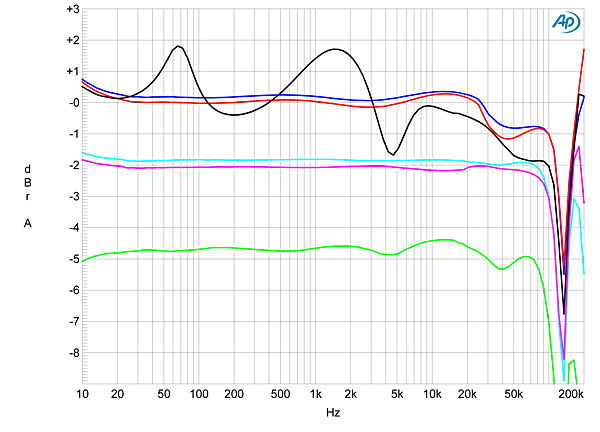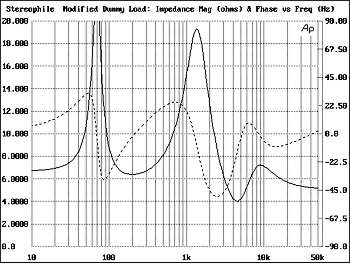PDS
Member
- Joined
- Apr 16, 2021
- Messages
- 30
- Likes
- 125
I'm considering adding some subwoofers to my system, which consists of LRSs, a Minidsp SHD, and an Adcom 535II amp. The system sound very good in my smallish room, roughly 11'5", 13'6", 8'6". The LRSs are a "fast" sounding speaker. There is very minimal resonance type artifacts. Many people say that it's hard to match subs to them, claiming that either one should use a small sub, a dipole sub..... Well, I'd prefer to not put more boxes in my room, and so I'm considering buying some Fi Audio 18" woofers spec'd for an infinite baffle installation, using a manifold in the floor to mount the woofers. On the one hand, I've been told that smaller woofers, especially with a feedback circuit, will mesh better than bigger speakers. On the other hand, some have told me that a modern woofer with a good motor won't be a problem. I expect I'd cross over at about 60hz. Thoughts? Do modern small woofers really sound "faster" than bigger woofers? I guess that means that they'd have better transient response?


